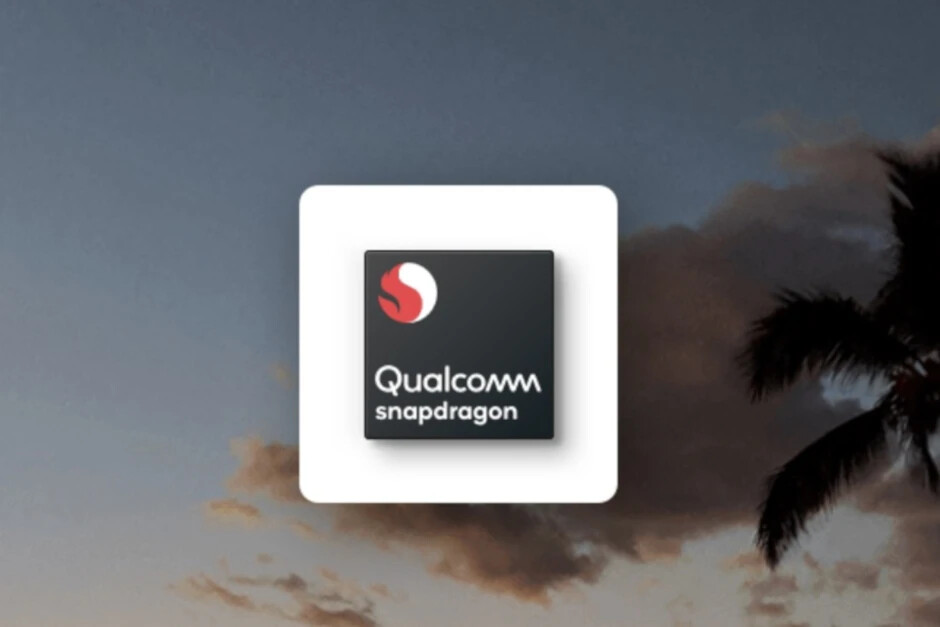The smartphone application processor (AP) market contracted 26 percent in Q2 202, claims Counterpoint Research.
As the analytic firm points out, the decline is hardly surprising and coincided with reduced smartphone sales, which were brought on by the pandemic.
Qualcomm remained the dominant player with 29 percent of the market, which is 3 percent lower when compared to the same period last year.
Per estimates, only 3 percent of Huawei’s phones sold in Q2 2020 featured a chip made by Qualcomm. In Q2 2019, the figure stood at 12 percent.
Overall, Huawei’s chip-making subsidiary had 16 percent of the market during the second quarter, which put it behind MediaTek which had a share of 26 percent.
Outlook is positive for the chip market
As smartphone sales bounce back, so will the chipset market, and Counterpoint is already seeing signs of that. Since the US seems to be in no mood to give some breathing room to Huawei, its shipments are bound to go down and this is expected to benefit Qualcomm, MediaTek, and Unisoc.
Per today’s report, OPPO, Vivo, Realme, and Xiaomi will steal Huawei’s market share in the short term and this will boost demand for Qualcomm’s mid-tier and high-end offerings in China and Europe, and MediaTek’s mid-range and entry-level solutions in Russia, Middle East, and Africa.

Currently, it has a market share of 13 percent.
Overall, the AP market is expected to grow in the next three years, thanks to the rollout of 5G networks. 5G-enabled smartphones actually registered a quarterly growth of 126 percent in Q2.
The next-gen of cellular connectivity is also expected to drive demand for affordable gaming-centric phones, which are projected to grow a whopping 1011 percent this year.

